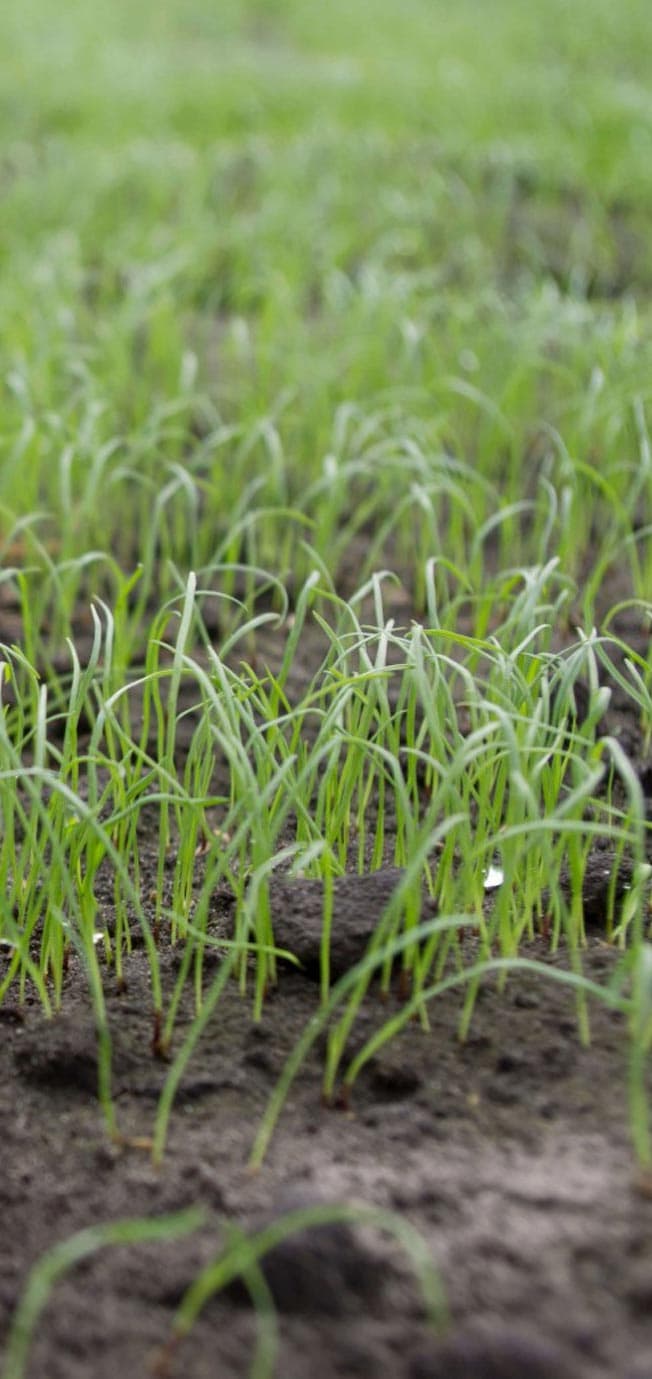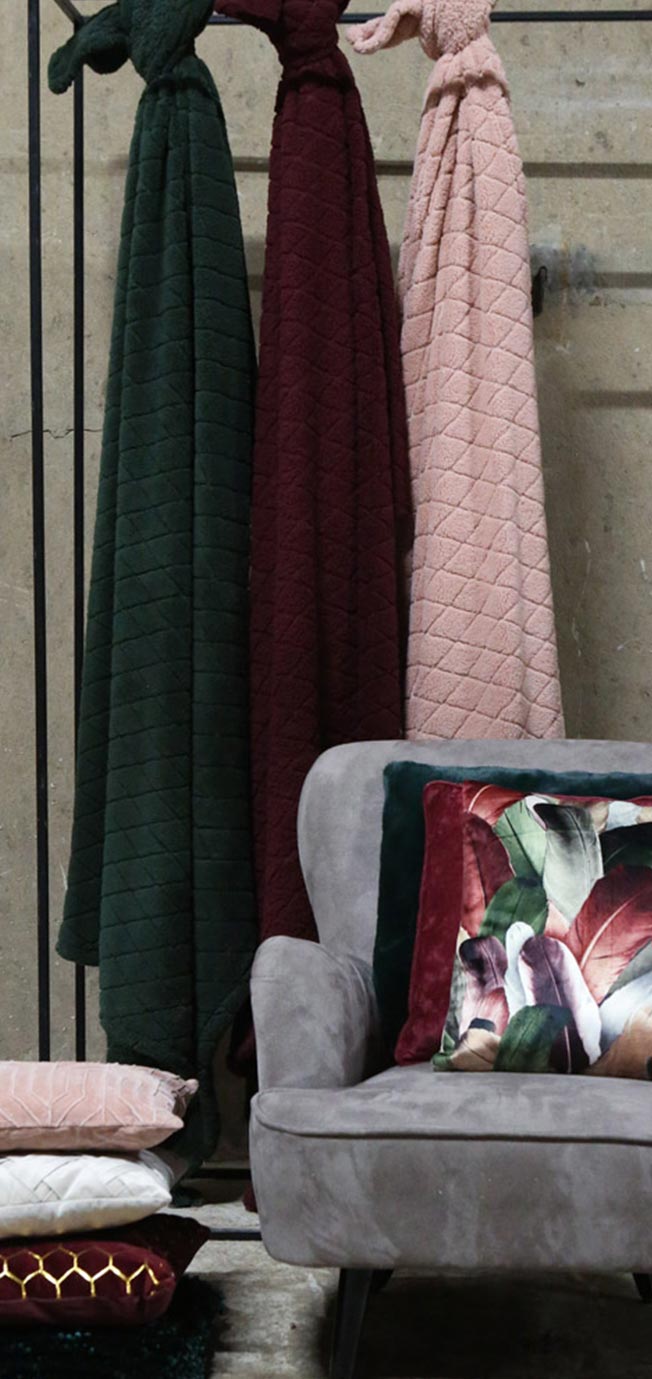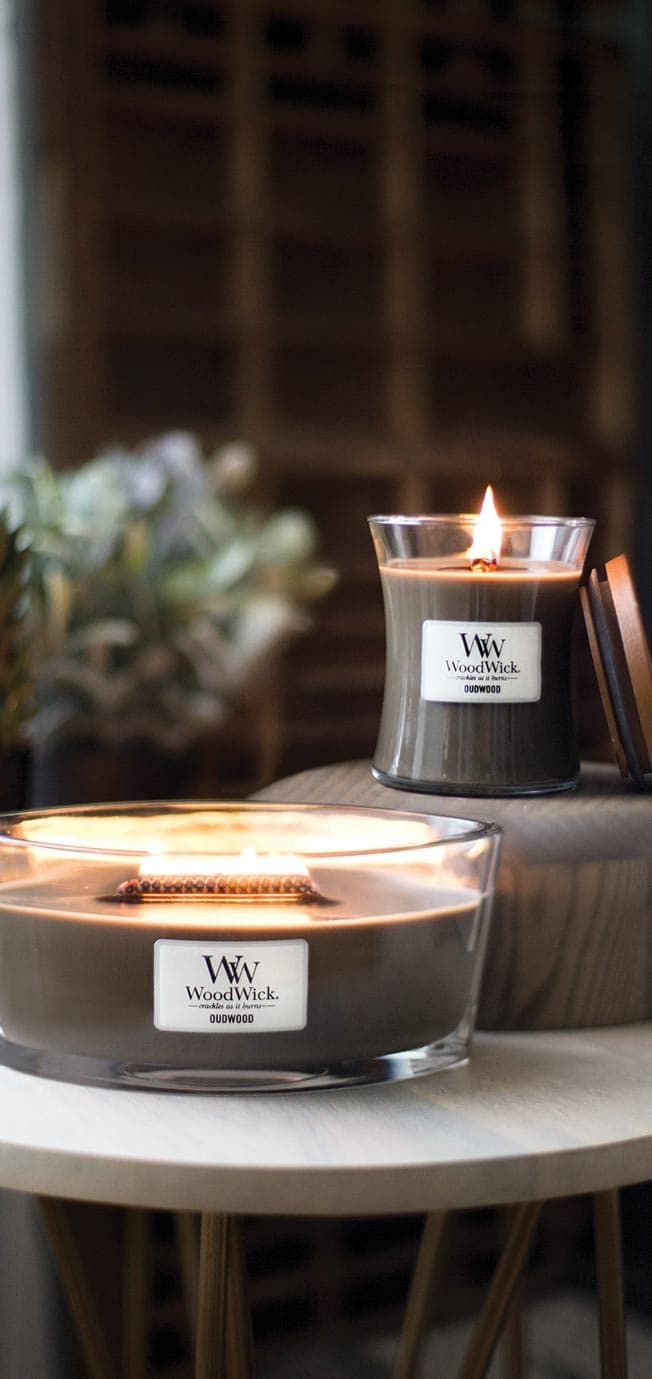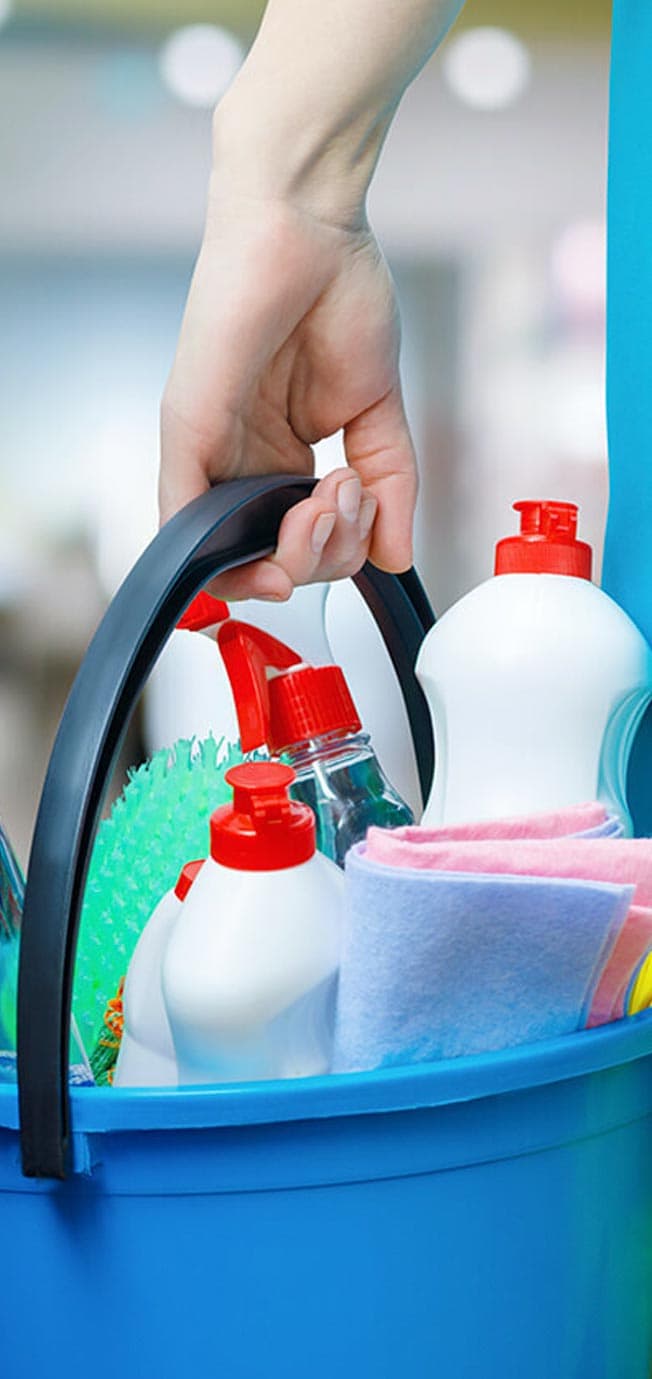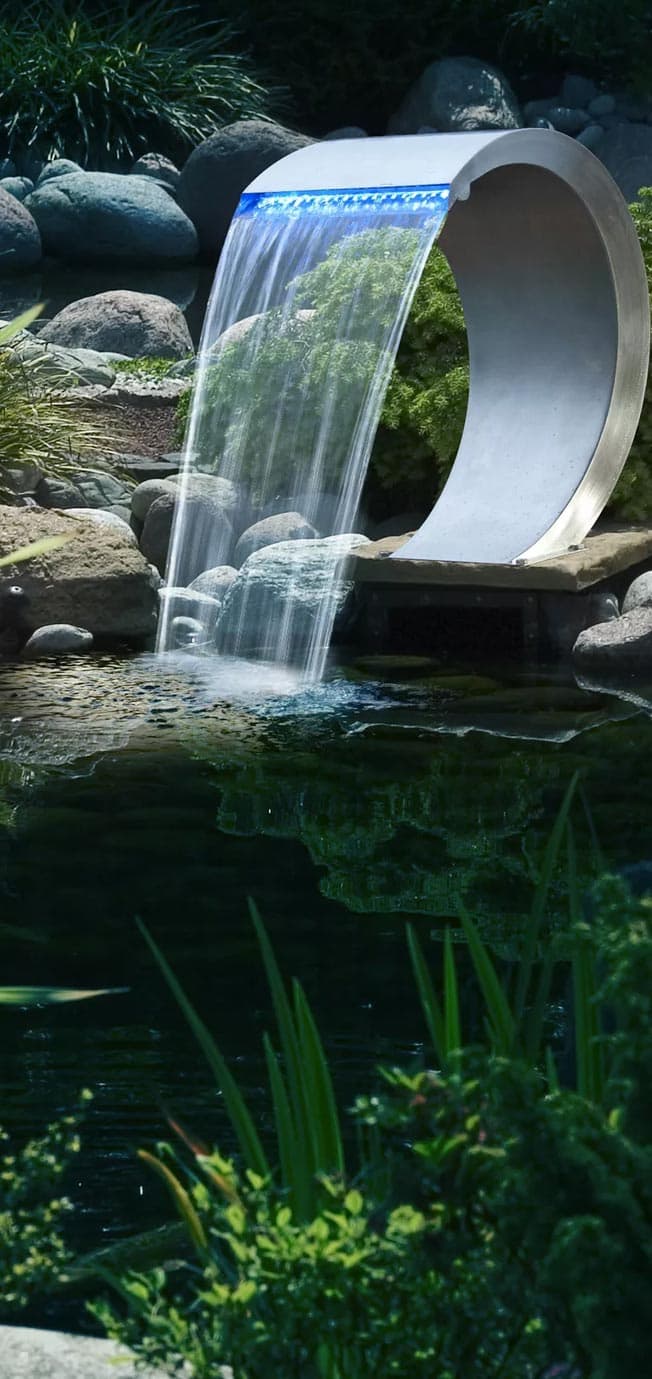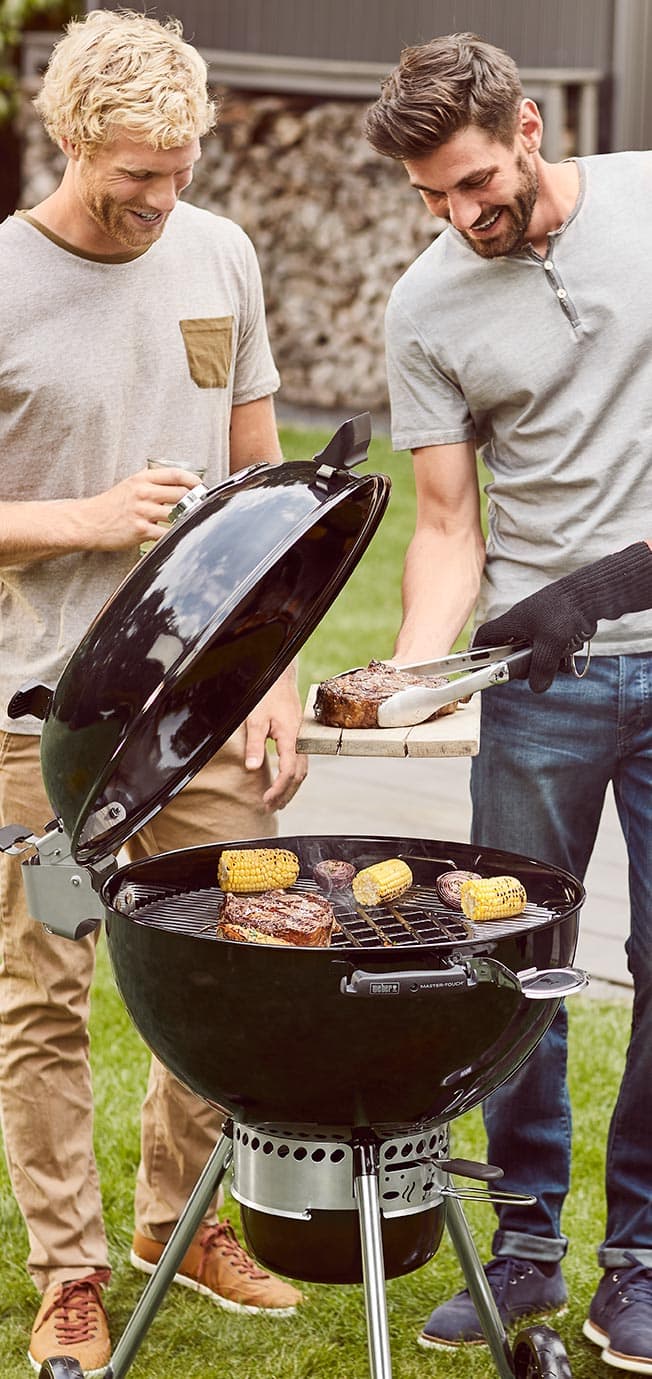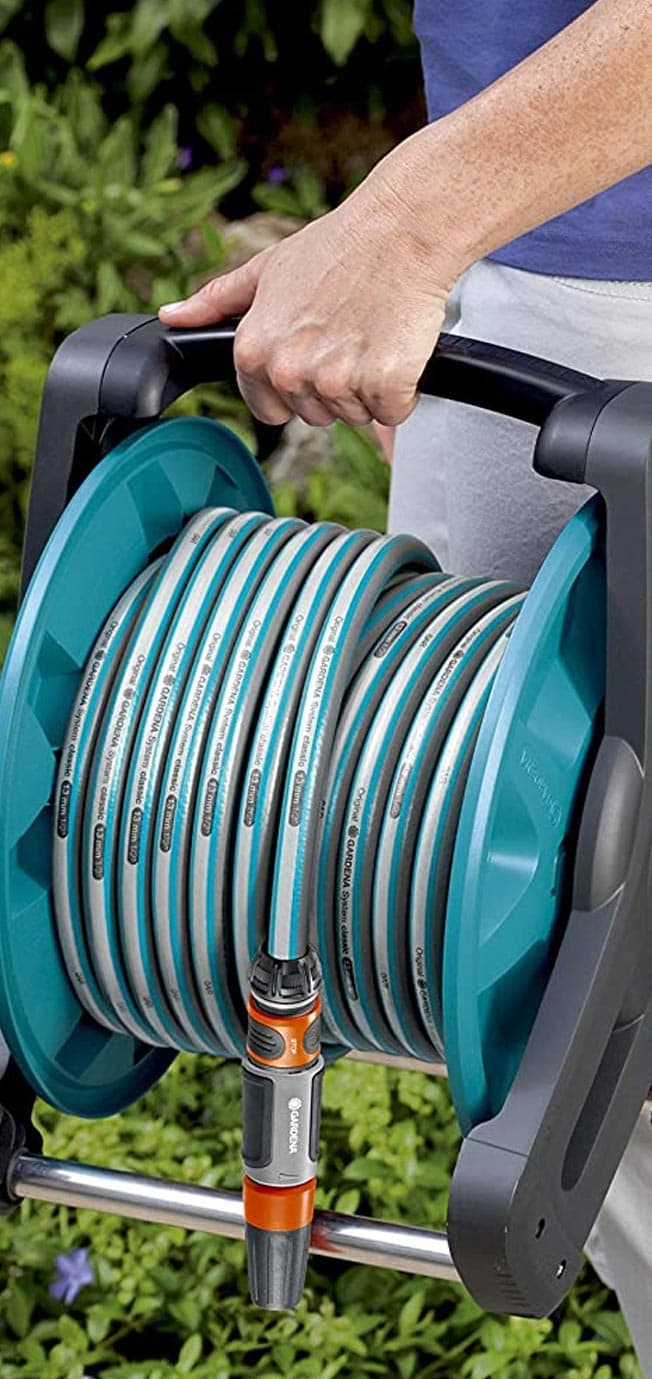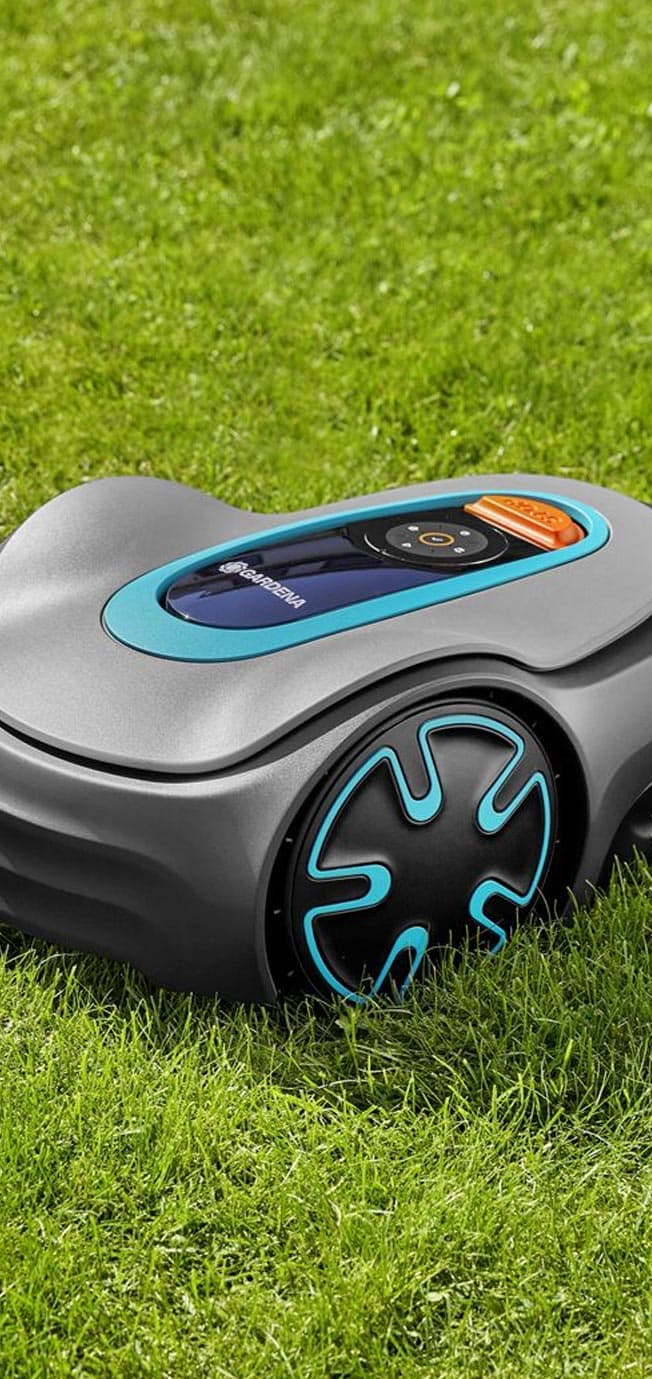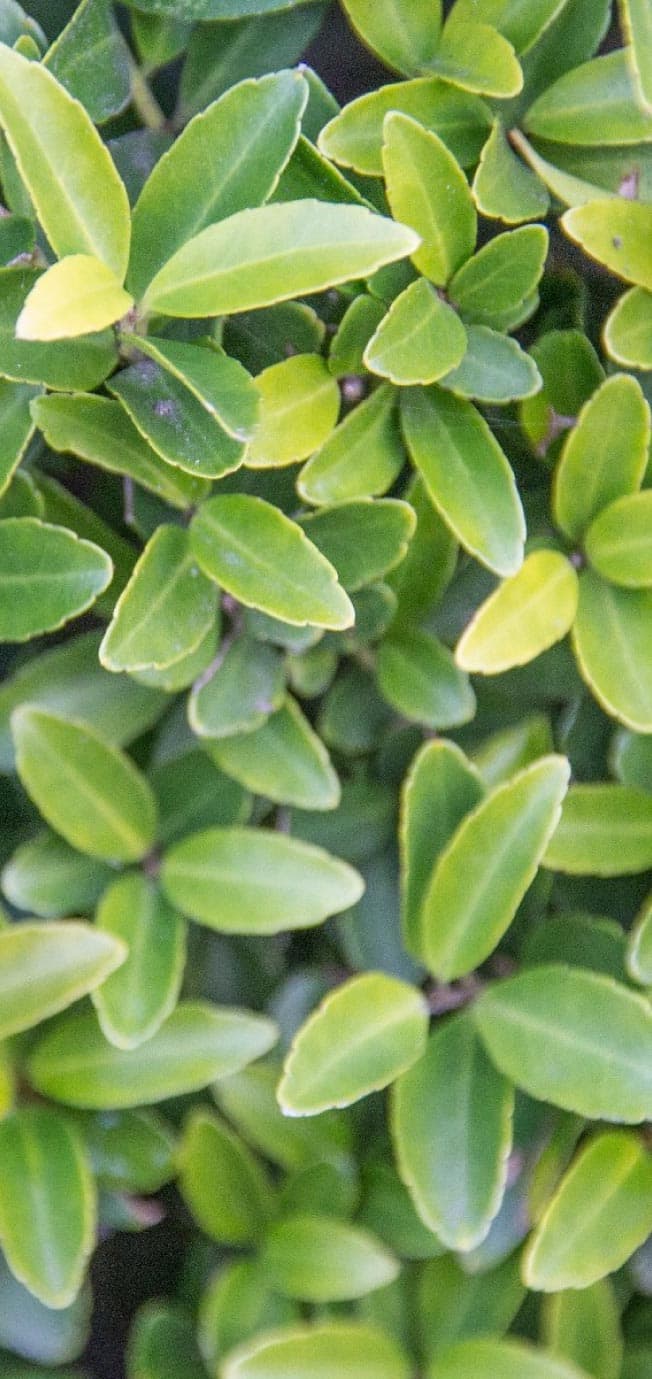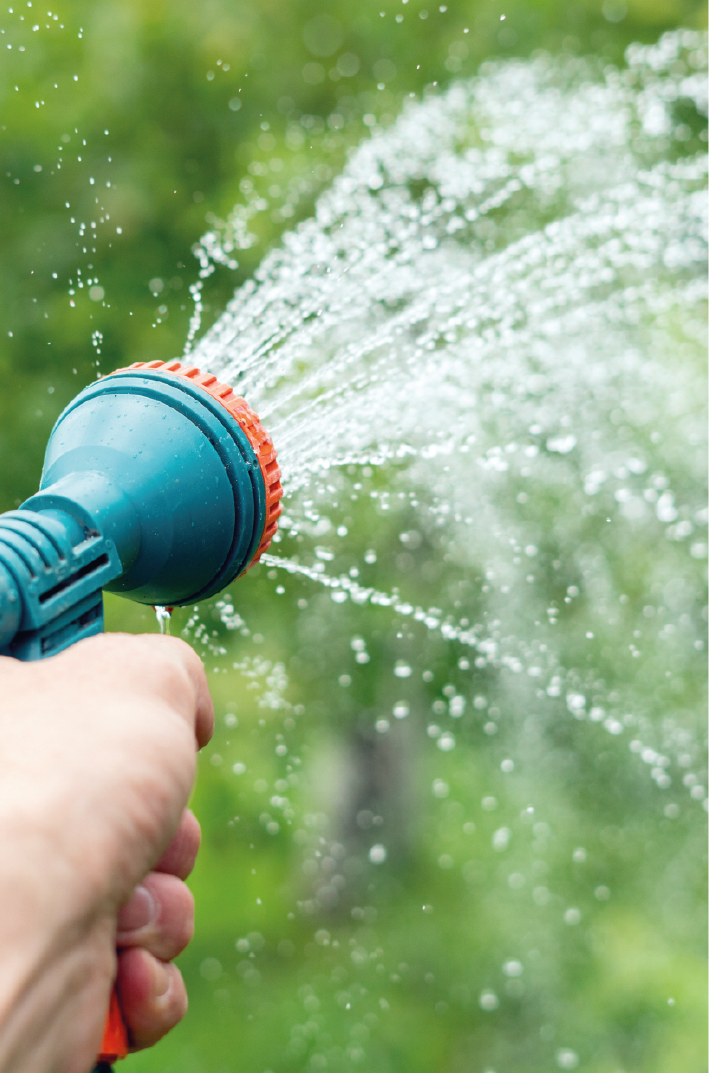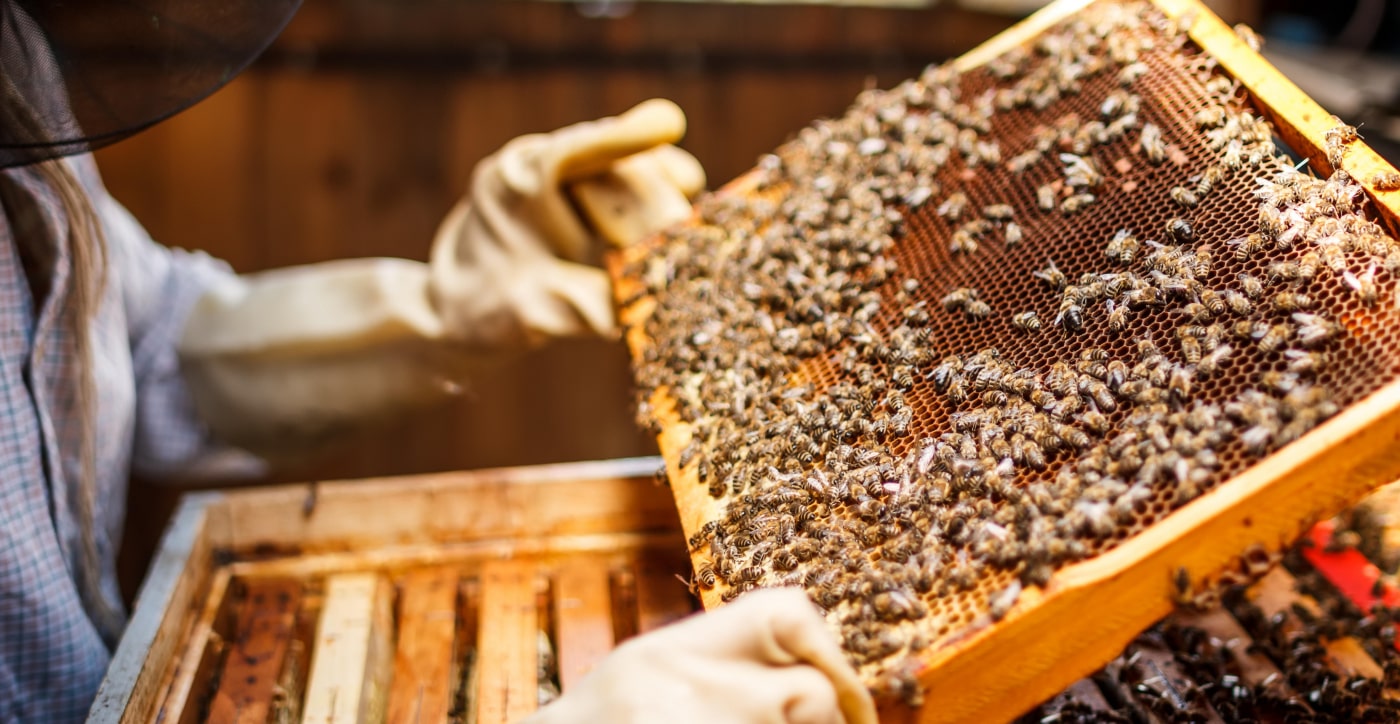
A garden full of bees and butterflies, part 2: Beekeeper
If you want to learn the art of beekeeping, it is better to take a course first so that you know the theory. After that, you can lend a hand to an experienced beekeeper and learn the tricks of the trade in practice. Good material is half the work, and therefore we have already listed some basic necessities for you so that you can get started easily:
- A suit with a face shield, also called a hood. This hood is indispensable as the mesh protects you from bee stings in the face, which can cause swelling or possibly allergic reactions. Choose a hood which allows you enough freedom of movement and provides you with sufficient distance between your face and the busy bees. We recommend a beekeeper suit with a round hood.
- Gloves: not only your face and arms, but also your hands must be protected, as you could get stung without them. Do not be fooled by a calm bee population, for bees are unpredictable and even experienced beekeepers can be stung.
- A hive with washing frames, brood box, floor and roof. This is an investment, but you get a lot of delicious and sweet honey in return. The hives come in different sizes and materials such as wood or polystyrene. Ask advice from an experienced grower or your teacher to make the right choice. Are you very handy and creative? Then you can build your own hive.
- A chisel and screwdriver are handy. You can then easily open the hive and remove the propolis with which the bees seal everything.
- A bin where you can put the windows of your hive so that you have enough working space in the hive.
- A smoker: When you want to take a look inside the hive, you'd better use a smoker. It ensures that the bees will not plot against you because it switches off their alarm signal. A fierce storm of bees around your ears is something you want to avoid. The smoke also ensures that the bees will fly to the bottom of the hive, leaving the top free and you can remove the windows without squashing any bees.
- Bees: beekeeping is not possible without bees, of course. You can buy them online, or take over part of the population from an experienced beekeeper. In technical jargon, this is called a depositor. This layer consists of three wax frames with brood and food. If you are lucky, there is also a queen. No queen in your bees? Don't panic: as soon as the bees notice that there is no longer a queen in the middle, they give a few chosen larvae special food, also called queen's jelly, so that one of them can be crowned queen and after fertilisation can provide for new offspring. A final option is to catch a swarm of bees. Ask the local fire brigade if they have received calls to remove bee nests in the neighbourhood. Unwelcome by the owners in whose garden they buzz, but more than welcome in your hive.

Tips from Marcel
🐝 Take a course and help an experienced beekeeper. In this way, you will get to know the practice of beekeeping better. Why not join a beekeeping association? They regularly organise activities, and you can exchange your experiences with other beginners.
🐝 Do you want more information on all the courses offered? Then take a look at the website of the Algemene Vlaamse Imkervereniging (AVI). There you can find more information about all lectures and courses organised in Flanders.
🐝 Have you just started beekeeping? Then it is best to inspect your hives once every fortnight. This way, you can see how the bees are doing and what they are doing. Experienced beekeepers need to check the hive less often. Please note: do not check the hives more than once every fortnight, otherwise the bees will experience too much stress, which is detrimental to the bee population and honey production.
🐝 Spot your queen: A bee population has between 20000 and 50000 bees. It is therefore quite a job to spot the queen among tens of thousands of bees. You can easily solve this by marking your queen so you can find her at a glance. You can do this with special colour pens but it is better to glue a small plate with a number to her abdomen. There are general colour codes that make the age of the queen clear.
🐝 Make sure you put enough windows (10 or 11) in your hive. Otherwise the bees will fill the empty spaces with honeycombs. However, you are nothing with this jumble of honeycombs.
🐝 Are your bees not building enough honeycombs? Then maybe they are hungry. Give them some extra food. Also make sure that there is enough honey in the hive to get through the harsh winter period. Supplementary feeding can be done with sugar water or sugar paste. Provide protein-rich food such as soya flour in the spring.
🐝 Plant plenty of flowering shrubs and plants in your area as a source of pollen and nectar. Want to know which plants are bee-friendly? Then check out the first part of this series!
More info? Receive all our gardening tips directly in your mailbox!
We'll only email you handy facts, green advice and our best promotions & discounts. You'll receive it about once a week and you can unsubscribe at any time. No spam, promise 🤞

